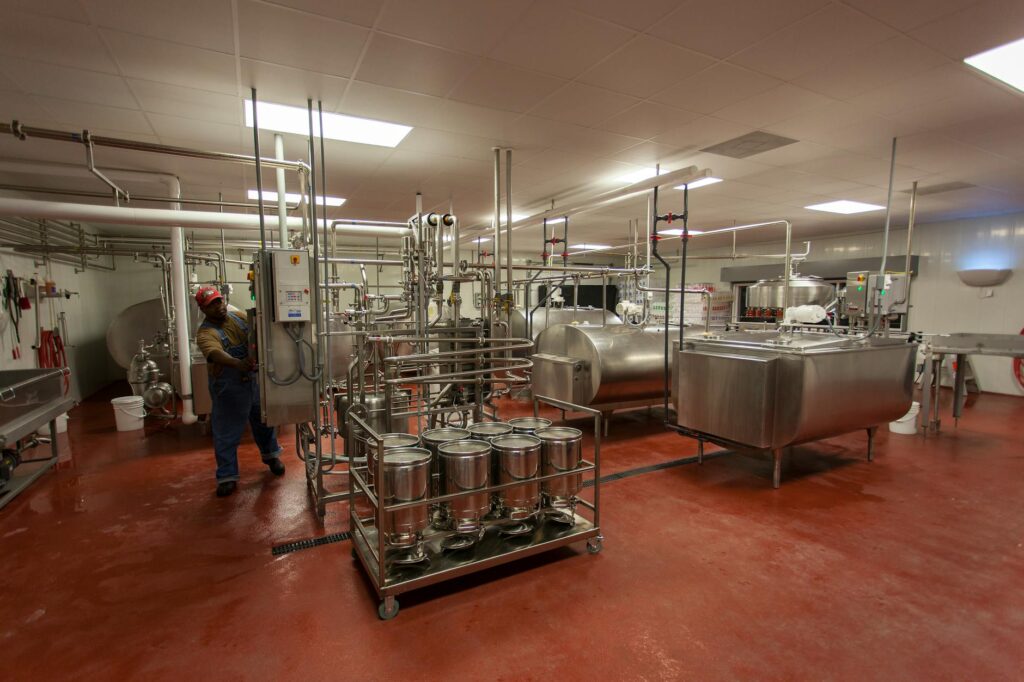What is workflow automation strategies?

What is workflow automation strategies?
Workflow automation strategies are essential for enhancing productivity and efficiency in today’s fast-paced work environment. By automating repetitive tasks and streamlining processes, businesses can focus on what truly matters—growing and innovating. In this article, I’ll dive deep into what workflow automation is, explore its benefits, outline key strategies for implementation, tackle potential challenges, and gaze into the future of automation.
Understanding Workflow Automation
At its core, workflow automation refers to the use of technology to automate complex business processes and functions. It’s about making tasks smoother and more efficient through technology, ultimately reducing the manual effort involved.
Definition of Workflow Automation
Workflow automation is the process of automating a sequence of tasks or processes within a business. Unlike traditional workflow management, which often requires manual input and oversight, workflow automation leverages software and tools to execute tasks based on predefined rules. This means that once a workflow is set up, it can run without human intervention, allowing for faster and more accurate completion of tasks.
Benefits of Workflow Automation Strategies
Implementing workflow automation strategies can lead to substantial improvements in various areas of a business. Some of the key benefits include:
- Increased Productivity: By automating mundane tasks, employees can focus on higher-value work, leading to greater overall productivity.
- Reduced Errors: Automation minimizes human error, ensuring that tasks are completed consistently and accurately. A well-implemented automation strategy can significantly decrease the likelihood of mistakes.
- Improved Resource Allocation: With automation handling routine tasks, resources—both human and financial—can be allocated to more strategic initiatives, fostering innovation and growth.
For further insight, you can read about the 15 Undeniable Benefits of Workflow Automation for Your Business.
Key Strategies in Workflow Automation
Implementing workflow automation strategies effectively requires a thoughtful approach. Here are some key strategies that organizations can adopt:
Mapping Out Processes
Before automating, it’s crucial to document and map existing workflows. This step helps to identify inefficiencies, redundancies, and bottlenecks in the current processes. By understanding the flow of work, businesses can pinpoint exactly where automation can make the most impact.
Choosing the Right Tools
Selecting the right automation tools is vital for success. Various software applications can facilitate workflow automation, such as task management systems, CRM platforms, and specialized automation tools. Tools like Atlassian’s workflow management offerings can provide valuable insights and capabilities to streamline operations.
Implementing Automation Gradually
Starting small can be a wise approach. Begin with simple automations—like automating email responses or task assignments—before progressing to more complex workflows. This gradual implementation allows teams to adapt and learn from each step, reducing the risk of overwhelming change.
Challenges in Workflow Automation
While workflow automation offers numerous benefits, it’s not without its challenges. Understanding these potential roadblocks can help in developing effective strategies for overcoming them.
Resistance to Change
One of the most significant challenges organizations face is employee resistance. When people fear that automation might replace their jobs or change their responsibilities, it can lead to pushback against new systems. To mitigate this, it’s essential to communicate the benefits of automation and involve employees in the transition process.
Integrating with Existing Systems
Ensuring that new automation tools are compatible with existing systems is critical. Integration issues can lead to data silos and inefficiencies, negating the intended benefits of automation. Businesses should conduct thorough assessments of their current systems before implementing new tools to ensure compatibility and seamless integration.
Measuring Success
To evaluate the effectiveness of workflow automation strategies, organizations must establish clear metrics and KPIs. Tracking improvements in efficiency, cost savings, and error reduction can provide valuable insights into the success of automation initiatives.
Future of Workflow Automation
As technology continues to evolve, so too do the possibilities for workflow automation.
Emerging Technologies
AI and machine learning are poised to revolutionize workflow automation. These technologies can analyze data patterns and optimize workflows in real-time, leading to even greater efficiencies. As new tools emerge, businesses must stay abreast of these developments to harness their potential.
Adapting to Change
It’s crucial for businesses to remain adaptable. As automation technologies evolve, so should the strategies that organizations employ. Being open to trying new automation strategies can lead to enhanced productivity and a more agile business.
Conclusion and Call to Action
In conclusion, workflow automation strategies are vital for improving efficiency, productivity, and resource allocation within organizations. By understanding what workflow automation entails, its benefits, key strategies for implementation, and potential challenges, businesses can better position themselves for success.
If you’re looking to enhance your workplace productivity, I encourage you to explore workflow automation strategies tailored to your specific needs. Don’t wait—start your journey toward greater efficiency today!

Photo by Mark Stebnicki